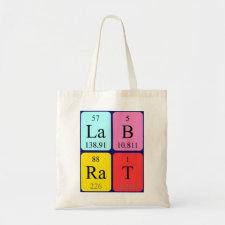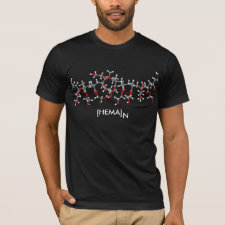
Authors: Gao BJ, Cha XY, Chen T, Fan L
Article Title: Designing and preparing of acid dye surface-imprinted material for effective removal of acid dyes from water.
Publication date: 2015
Journal: Journal of Environmental Chemical Engineering
Volume: 3
Issue: (1)
Page numbers: 277-285.
DOI: 10.1016/j.jece.2014.10.017
Alternative URL: http://www.sciencedirect.com/science/article/pii/S2213343714002322
Abstract: An acid dye molecule surface-imprinted material was prepared successfully using a new surface-imprinting technique of "synchronously graft-polymerizing and imprinting" set up by our group lately, and its molecular recognition property was examined in depth to evaluate its application value in the removal of acid dyes from water. Firstly, micron-sized silica-gel particles were surface-modified with coupling agent γ-aminopropyltrimethoxysilane (AMPS), and the obtained particles AMPS-SiO2 were used as matrix for the surface-imprinting. The cationic monomer acryloyloxyethyl trimethyl ammonium chloride (DAC) was used as functional monomer, N,N'-methylenebisacrylamide (MBA) was used as crosslinker, and acid red 14 (AR) was used as template molecule. In the aqueous solution, DAC molecules were combined around AR molecules via electrostatic interaction and cation-π interaction. Meantime, a surface-initiating system of NH2/S2O82- was constituted, and primary free radicals were produced on the surfaces of AMPS-SiO2 particles. By the initiating of these primary free radicals, the graft/cross-linking copolymerization of DAC and MBA on the surfaces of SiO2 particles was produced, whereas AR molecules were enveloped in the cross-linking networks, so that the molecule imprinting of AR was realized and AR molecule surface-imprinted material MIP-PDAC/SiO2 was obtained. The experimental results show that MIP-PDAC/SiO2 possesses special recognition selectivity and excellent binding affinity for AR. The binding capacity of MIP-PDAC/SiO2 particles for AR reaches up to 538 mg/g, and relative to acid light yellow G and acid orange II, which are used as two contrast acid dyes, the selectivity coefficients of MIP-PDAC/SiO2 for AR gets up to 6.46 and 5.32, respectively
Template and target information: acid red 14, AR
Author keywords: Acid dye, Molecule surface-imprinting, Acid red 14, Molecule recognition, Binding selectivity



Join the Society for Molecular Imprinting

New items RSS feed
Sign-up for e-mail updates:
Choose between receiving an occasional newsletter or more frequent e-mail alerts.
Click here to go to the sign-up page.
Is your name elemental or peptidic? Enter your name and find out by clicking either of the buttons below!
Other products you may like:
 MIPdatabase
MIPdatabase









